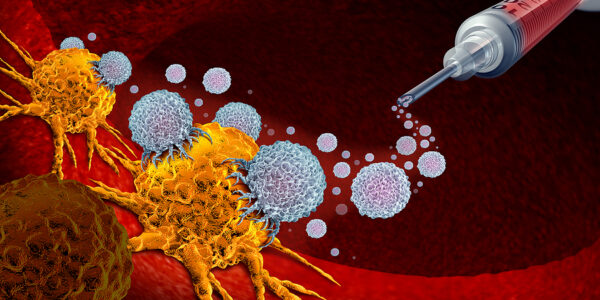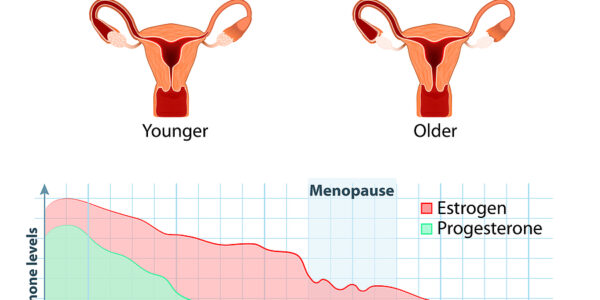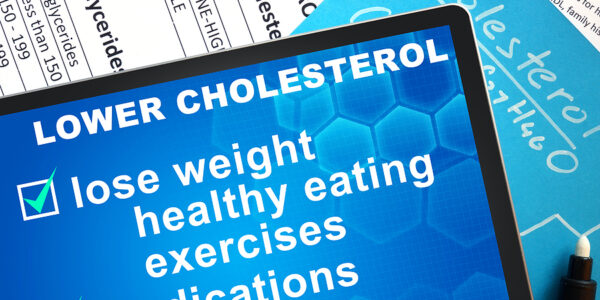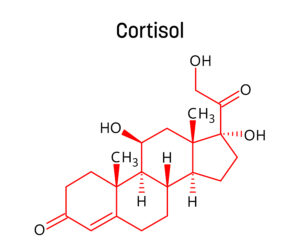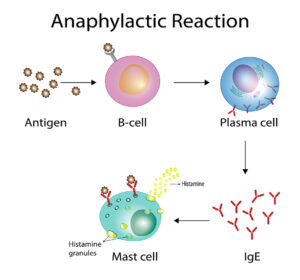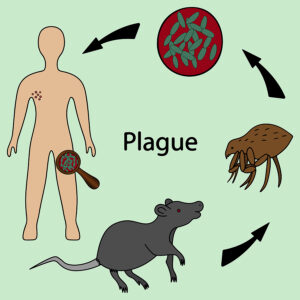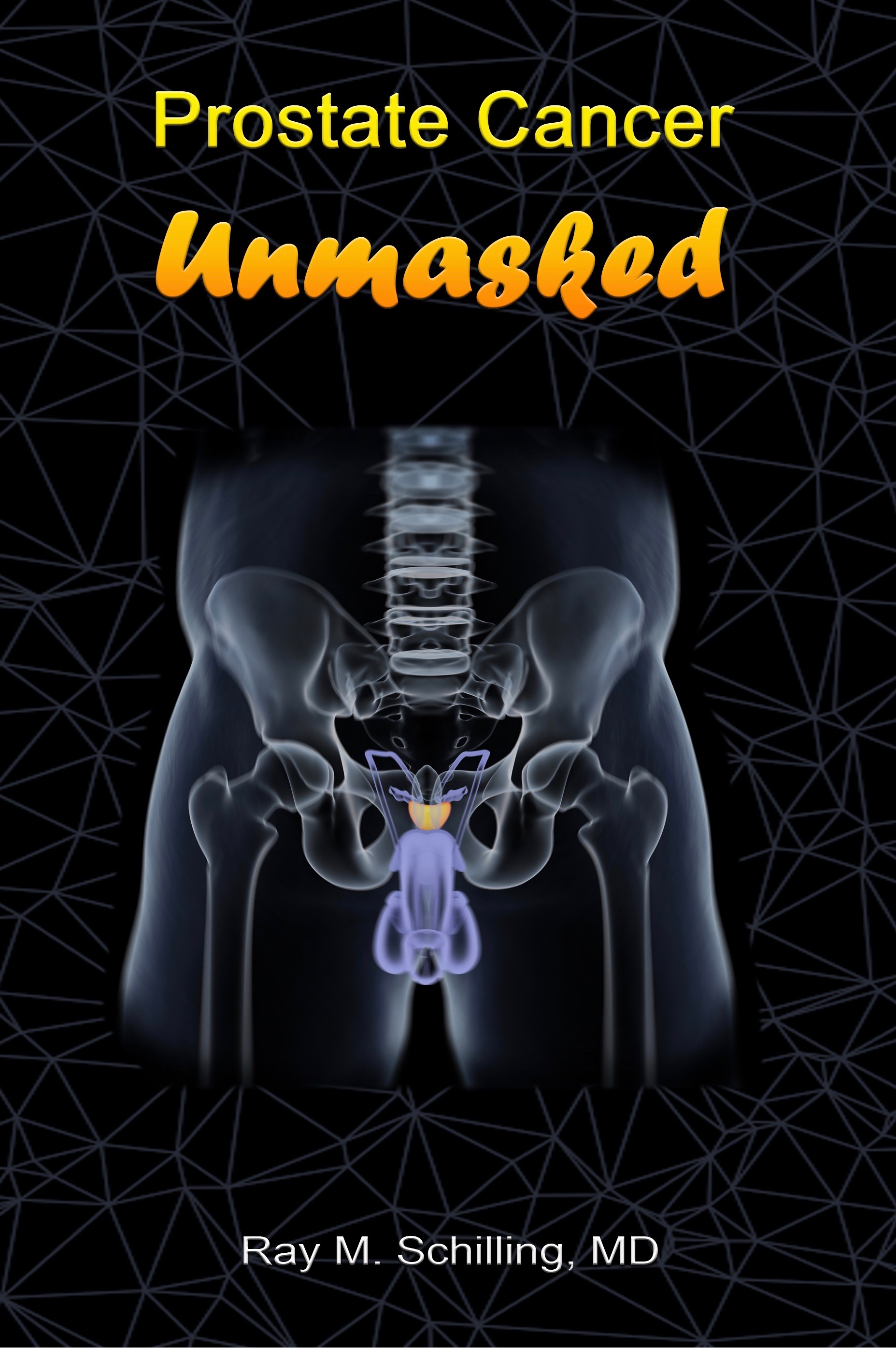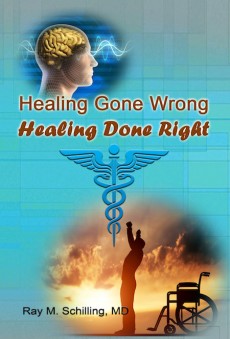At the 30th American Anti-Aging Academy Medicine Conference in Las Vegas one topic was that cortisol is the number 1 longevity hormone. Dr. Thierry Hertoghe, an endocrinologist from Brussels, Belgium gave a comprehensive lecture on Saturday, Dec.10, 2022. He explained that cortisol from our adrenal glands is vital to our health. Certainly, it is important for our quality of life and for health in general. Indeed, cortisol keeps us alive when various circumstances challenge our health. Specifically, cortisol is on the bottom of the hormone cascade of corticotropin releasing hormone (CRH) from the hypothalamus/ Adrenocorticotropic hormone (ACTH) from the pituitary gland/and cortisol from the adrenal glands. It is important to realize that this is the hormone axis of the stress reaction that Dr. Selye first described.
Production of cortisol
Sedentary men produce 30 mg of cortisol per day, women 20 mg/day. Under stressful conditions ACTH production increases and causes an increase of cortisol production in the adrenal glands. To clarify, stressed men produce 40 to 60 mg per day and stressed women produce 30 to 40 mg/day. In addition, the older a person is, mononuclear leukocytes have less type 1 and type 2 glucocorticosteroid receptors.
Action of cortisol
Dr. Hertoghe pointed out that cortisol increases energy and stress resistance. It causes blood sugars to increase and also elevates blood pressure. The immune system gets stronger, allergies and inflammation decrease. Cortisol shapes our bodies: when there is cortisol deficiency the body is thin; with normal cortisol production the body has a normal configuration. Your body develops swelling and obesity with cortisol excess, but when cortisol is missing the body gets frail and thin.
Cortisol deficiency
Low cortisol production leads to low blood sugar and low blood pressure. This diminishes glycogen stores in the liver and muscle mass. A lack of circulating cortisol reduces gluconeogenesis in the liver, which is an alternative pathway of glucose production. One of the hallmark symptoms is mental fatigue, particularly in times of stress. With cortisol deficiency the person feels fatigue in the second part of the day.
Chronic fatigue syndrome
The peak age for chronic fatigue syndrome patients is 31 years. The mean duration of the illness lasts 7 years. 58% of patients have free serum cortisol levels at 20:00 hours, which is less than normal. In 40% of patients the total cortisol level is less than normal.
Burnout
With burnout the urinary free cortisol is diminished. Patients with cortisol deficiency have a hyper sensitivity to stress.
A lack of cortisol leads to feeling no energy and having no stress resistance. The person feels tense and has negative thinking. A person who has sufficient cortisol is full of energy, expresses emotions and handles stress well. With enough cortisol a person is relaxed, has positive feelings and finds solutions everywhere.
Adrenal crisis
Dr. Hertoghe explained that an adrenal crisis happens when there is not enough cortisol production in the adrenal glands to support the metabolism and the cardiovascular system. Gastrointestinal diseases, infectious diseases or stressful events like surgery, exposure to heat, strenuous physical activity, major pain or pregnancy can all trigger an adrenal crisis. When glucocorticoid therapy is withdrawn, this can also cause an adrenal crisis.
Addison’s disease
With Addison’s disease there is a lack of energy, muscle weakness, loss of appetite and unintentional weight loss. The reason for the symptoms is that the adrenal glands are not producing enough cortisol and aldosterone. There was a more than 2-fold increased risk of dying from Addison’s disease compared to a normal population in a Swedish study.
In another study the serum cortisol levels were determined in patients with heart attacks. The ones who had extremely low levels of cortisol were at almost a 9-fold risk of dying within 30 days compared to patients with a normal serum cortisol level. One of the famous patients with Addison’s disease was J.F. Kennedy. He collapsed in London, England and was finally diagnosed correctly in a British hospital after having suffered for several years without the correct diagnosis. This disease is not always easily diagnosed.
Cortisol therapy
With an adrenal crisis or Addison’s disease cortisol therapy can be life-saving. The physician uses physiological doses of glucocorticosteroid hormones (cortisol and others) and in emergency situations higher than normal doses. Dr. Hertoghe said that survival data were gathered with various severe disease conditions as follows.
Coronary heart disease survival
Dr. Hertoghe reported about a study that observed 1090 adults over 11 years. There was a 40% reduction of mortality when patients were treated with cortisol following a heart attack compared to controls who did not get cortisol treatments. The researchers also found that there was a 39% lower stroke risk when treatment with cortisol was instituted.
In a clinical trial with 39 patients who had heart attacks those patients treated with pharmacological doses of methylprednisolone (3 grams daily) experienced a significant reduction in infarction size.
In another study with 1118 patients Dr. Hertoghe reported a 28% reduction in mortality over 28 days compared with a placebo group. In this study medical researchers gave 2-3 grams of methylprednisolone early on into the heart attack. In the same study, after 6 months there was a 33% mortality reduction.
Stroke survival
Following a stroke, low cortisol levels (270 nmol/L) and high cortisol levels (550 nmol/L) both had an association with a poor long-term prognosis 1 year after follow-up. However, the study also showed that patients with normal cortisol levels (between 270 nmol/L and 550 nmol/L) following a stroke had a very good long-term prognosis.
AIDS survival
AIDS patients belong into the group of chronic diseases that are associated with low cortisol levels in the blood. There are also clinical signs of low cortisol, namely dark circles around the eyes, hollow cheeks, brownish pale skin with pigment spots, hand creases that are pigmented and weight loss. Severely ill AIDS patients often have severe lung infections (Pneumocystis carinii pneumonia) due to their immune deficiency. A study involving 23 AIDS patients used methylprednisolone in the treatment group and no methylprednisolone in the placebo group. The clinicians administered 40 mg of methylprednisolone every 6 hours for 7 days in addition to antibiotic treatment for 3 weeks. They compared this to the placebo group without methylprednisolone. 75% of the treatment group survived until the hospital discharge compared to only 18% of the placebo group.
Sepsis and septic shock
Treatment of patients with septic shock with ACTH (the stress hormone) infusions showed that 88% had a cortisol response among survivors. The ultimate non-survivors only had a 27% cortisol response of their adrenal glands when stimulated by intravenous ACTH. Dr. Hertoghe pointed out that this suggests that some patients with septic shock may have relative adrenocortical insufficiency. This would explain why the adrenal glands of septic shock patients can be non-responsive to ACTH. In these cases, it is important that the physician treat with either intravenous cortisol or with synthetic glucocorticoids.
Treating septic shock with intravenous hydro-cortisol
One study showed that treating septic shock with intravenous hydro-cortisol gave the following results compared to placebo:
- 7- fold higher septic shock resolution when compared to the placebo group
- 8 – fold survival in the intensive care unit
- 2 – fold higher hospital survival
- 2 – fold better septic shock reversal in 7 days
- 8 – fold better survival in the next 28 days.
Overall, this study clearly revealed that septic shock recovery is much better with intravenous hydro-cortisol treatment.
Cancer survival
A study found that breast cancer patients with metastases had flat saliva cortisol curves when compared to patients without breast cancer. If left alone breast cancer patients with a flat cortisol curve die earlier than those who used cortisol supplementation. The researchers found out that the natural killer cells (NK cells) in these patients were missing. These are special lymphocytes that can kill cancer cells with their enzyme vesicles.
Glucocorticoid treatment
Dr. Hertoghe talked about short-term high-dosed glucocorticoid therapy and the difference between synthetic cortisol equivalents (Dexamethasone etc.) and the natural cortisol. He also talked about adding small amounts of these hormones: DHEA, fludrocortisone (0.1 mg daily orally), and bioidentical vasopressin to optimize cortisol replacement.
Conclusion
One of the vital hormones in our bodies is cortisol, the stress hormone. There is a hormone cascade starting with CRH in the hypothalamus, which stimulates ACTH release from the pituitary gland. This in turn releases cortisol from the adrenal glands. The end product, cortisol is the number 1 longevity hormone. It helps us to survive any stressful event. It gives us energy, stimulates the immune system and helps us to overcome dangerous illnesses. Dr. Hertoghe, an endocrinologist from Belgium gave a detailed lecture at the 30th American Anti-Aging Academy Medicine Conference in Las Vegas on Dec. 10, 2022. Dr. Hertoghe discussed how to survive a heart attack or stroke, sepsis, AIDS or Addison’s disease (=adrenal gland insufficiency) by adding appropriate cortisol doses or equivalent synthetic glucocorticosteroids. One thing is clear: we all need cortisol until the end of our lives.
